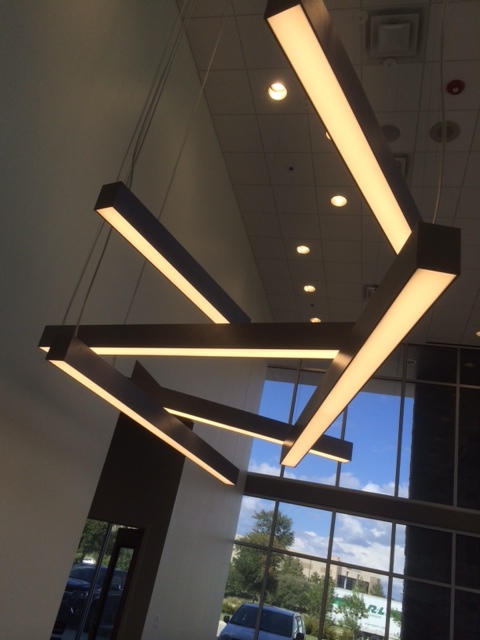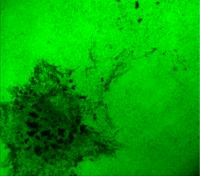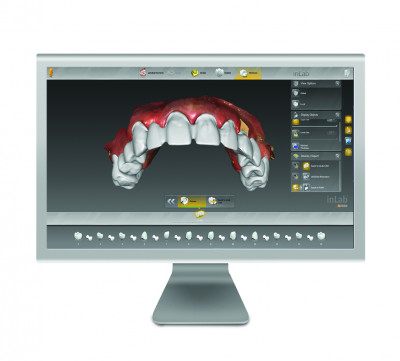Uppsala University - When did the enamel that covers our teeth evolve? And where in the body did this tissue first appear? In the latest issue of the journal Nature, researchers from Uppsala University in Sweden and the Institute of Vertebrate Palaeontology and Palaeoanthropology (IVPP) in Beijing, China, combine data from two very different research fields - palaeontology and genomics - to arrive at a clear but unexpected answer to this question: enamel originated in the skin and colonized the teeth much later.
We are all familiar with enamel: shiny and white, this tissue gleams back at us from the bathroom mirror every morning when we brush our teeth. It is the hardest substance produced by the body, composed almost entirely of the mineral apatite (calcium phosphate) deposited on a substrate of three unique enamel matrix proteins.
Like other land vertebrates we only have teeth in the mouth, but certain fishes such as sharks also have "dermal denticles" - little tooth-like scales - on the outer surface of the body. In many fossil bony fishes, and a few archaic living ones such as the gar (Lepisosteus) from North America, the scales are covered with an enamel-like tissue called "ganoine". Tatjana Haitina, a researcher at the Department of Organismal Biology, Uppsala University, investigated the genome of Lepisosteus, which was sequenced by the Broad Institute, and found that it contains genes for two of our three enamel matrix proteins: the first to be identified from a ray-finned bony fish. Furthermore, these genes are expressed in the skin, strongly suggesting that ganoine is a form of enamel.
But where did enamel originate - in the mouth, in the skin, or both at once? The answer to that question is provided by two fossil fishes, Psarolepis from China and Andreolepis from Sweden, which are both more than 400 million years old and which have been studied by Qingming Qu and Per Ahlberg of Uppsala University in collaboration with Min Zhu from IVPP in Beijing. In Psarolepis the scales and the denticles of the face are covered with enamel, but there is no enamel on the teeth; in Andreolepis only the scales carry enamel.
"Psarolepis and Andreolepis are among the earliest bony fishes, so we believe that their lack of tooth enamel is primitive and not a specialization. It seems that enamel originated in the skin, where we call it ganoine, and only colonized the teeth at a later point," explains Per Ahlberg, Professor of Evolutionary Organismal Biology at Uppsala University.
The study is the first to combine novel palaeontological and genomic data in a single analysis to explore tissue evolution. The research group plans to continue exploring the evolution of vertebrate hard tissues using this approach.
###
For further information please contact:
Per Ahlberg, tel: 0046 18 4712641, email: per.ahlberg@ebc.uu.se
Tatjana Haitina, tel: 0046 18 4716120, email: tatjana.haitina@ebc.uu.se
Qingming Qu, Tatjana Haitina, Min Zhu, Per Erik Ahlberg (2015) New genomic and fossil data illuminate the origin of enamel, Nature, DOI: 10.1038/nature15259











